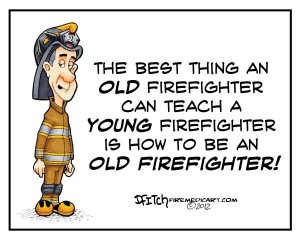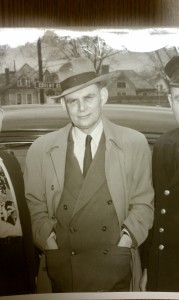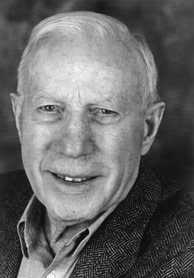By: Robert Avsec, Executive Fire Officer
WOW! The piece I posted last week has been shared across social media 1.1K times! The highest previously shared  post was something like 125. Just goes to prove that nothing arouses resistance to change in firefighters like making comments and observations about interior firefighting operations.
post was something like 125. Just goes to prove that nothing arouses resistance to change in firefighters like making comments and observations about interior firefighting operations.
Let me introduce you to the “sacred cow” in the North American fire service: interior firefighting. Once again we hear the same tired arguments against changing our default tactics for combating structure fires:
“Flowing water from the exterior eliminates any chance for trapped occupants to survive!”
“It’s Vent, Enter, and Search for a reason. You have to ventilate to improve conditions for trapped occupants.”
“Real firefighters aren’t afraid to put their lives on the line to do their job.”
The first two are “junk science”; the third is the same emotional response that probably accompanied the migration from horse-drawn apparatus to motorized apparatus. It was certainly the same emotional and illogical response to the introduction of self-contained breather apparatus as required equipment for interior firefighting.
The fireground is not the only place where courage is needed on a daily basis in the fire service. The courage to

Lloyd Layman,developer of the first fog nozzles and the use of indirect fire attack in closed spaces.
challenge existing norms, policies, procedures and such is needed on a daily basis in forums such as this, policy meetings, code and standard development processes, union meetings, budget meetings, and more. It’s because of naysayers and courageous fire service leaders who championed unpopular positions that we have:
- SCBA, thermal imaging cameras, large-diameter hose, PASS devices, CAFS, and hundreds of other firefighting tools and technologies;
- The Incident Command System, Personnel Accountability Systems, Crew Management, Rapid Intervention Teams, Mayday Procedures, and other programs to improve the safety, effectiveness, and efficiency of emergency operations;
- Health and wellness programs, better protective clothing, better occupant protection on fire apparatus, and diesel exhaust removal systems; and
- The fire dynamics research being done by NIST, UL, and the USFA.
For developments like these the list of responsible individuals is long and distinguished and goes back to the beginnings of the fire service on this side of the “pond.” But one thing that every advancement or improvement in the fire service has had—and will always have—is that one person or small group of like-minded individuals who takes an objective look at something and starts asking questions:
- Why are we doing this?
- What are we trying to accomplish?
- How can we do it better, safer, and easier?
We’ve been fortunate over these many years to have fire service leaders like Manny Fried, William Clark, Lloyd
Layman, Jim Paige, Alan Brunacini, Burt Clark, Chuck Burkell, and many more like them who had the courage to challenge existing assumptions and “push” us to make us better.
With the dawning of a new year, I challenge you—our readers—to (1) challenge existing assumptions; and (2) support others who do so. Let’s make this the year that the fire service in North America (USA and Canada) starts to make the journey to data-driven decision making a reality.
 Fire & EMS Leader Pro The job of old firefighters is to teach young firefighters how to become old firefighters!
Fire & EMS Leader Pro The job of old firefighters is to teach young firefighters how to become old firefighters!
